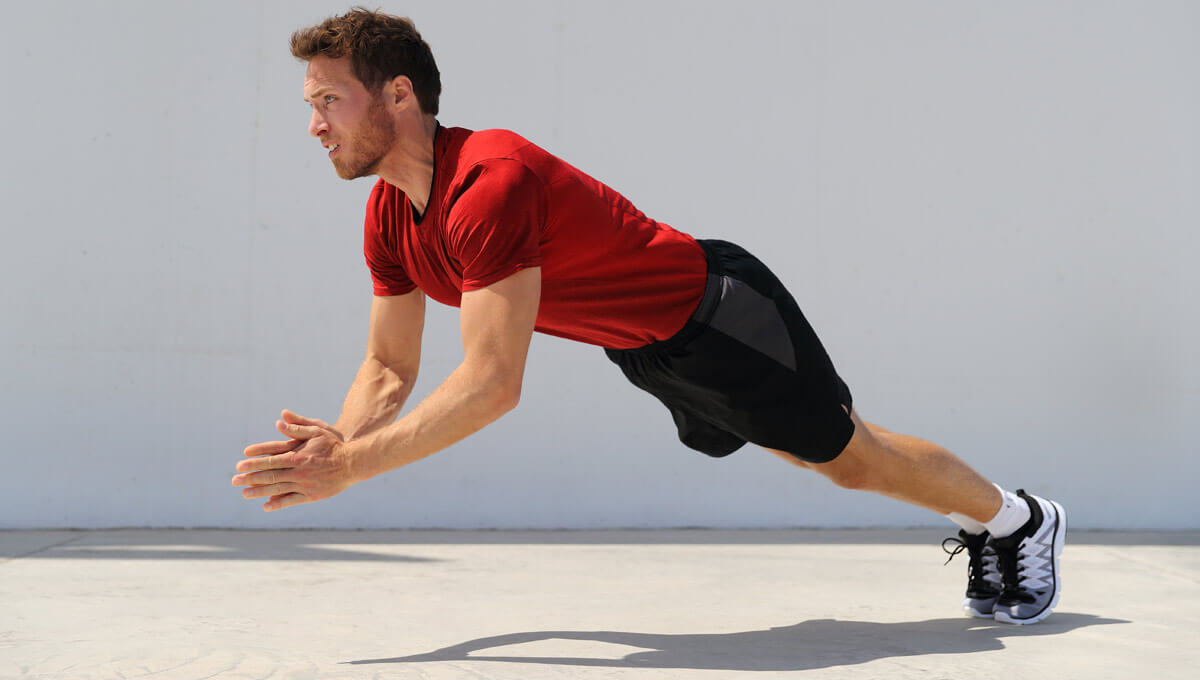
At what time of day is training most effective?

Apart from classic weight training or running tens of kilometres on a treadmill, you can try something completely different. Plyometric exercises will help to provide your muscles with completely new stimuli, allowing you to shape your body and improve your overall performance.
Plyometric training is defined as a set of exercises which are aimed at improving two important muscle performance abilities - their dynamics and power. Exercises of a jumping character are very widely used - ranging from team sports, through strength and endurance disciplines and speed sports, to recreational general development exercises.
Although the plyometric exercises have a global impact on the functional skills of the body, they mainly affect the condition and mass of the lower body muscles. Rapid landings promote the stretching of exaggeratedly tense structures, which during the jump undergo an intensive contraction. Such diverse work of muscles in a short period of time has a significant impact on the efficiency of their functioning and the pace of development. The body, thanks to plyometric exercises, develops a habit of reacting immediately to unexpected changes in muscle length, giving a better functional foundation, e.g. for footballers, runners or martial arts enthusiasts.
It would seem that plyometric exercises are only defined as activities involving the lower body. In fact, plyometric training is aimed at the whole body. Which exercises should be used in a plan aimed at improving plyometric abilities?
Training sessions based on plyometrics are primarily aimed at people associated with sports disciplines that have the characteristic ability to react quickly in a short time. That is why plyometric exercises are a frequent element of training sessions for sprinters, footballers, volleyball players or jumpers.
There can be no doubt that regular work on the plyometric skills is valuable in improving fitness and mobility. However, plyometric exercises are not recommended for every enthusiast of physical activity. This model of training will not work for beginners and older people, which is related to the lack of sufficient experience and ability to follow the correct technique.
In the case of plyometric exercises, it is particularly important, as training is very burdensome for the musculoskeletal system and carries quite a risk of injuries in case of insufficient knowledge. Although, on the one hand, you can detect weak links in the kinematic chain quite easily, on the other hand, the lack of adequate strength, motor control and stability increases the chance of injuries during exercise.
The information below is required for social login
Sign In
Create New Account